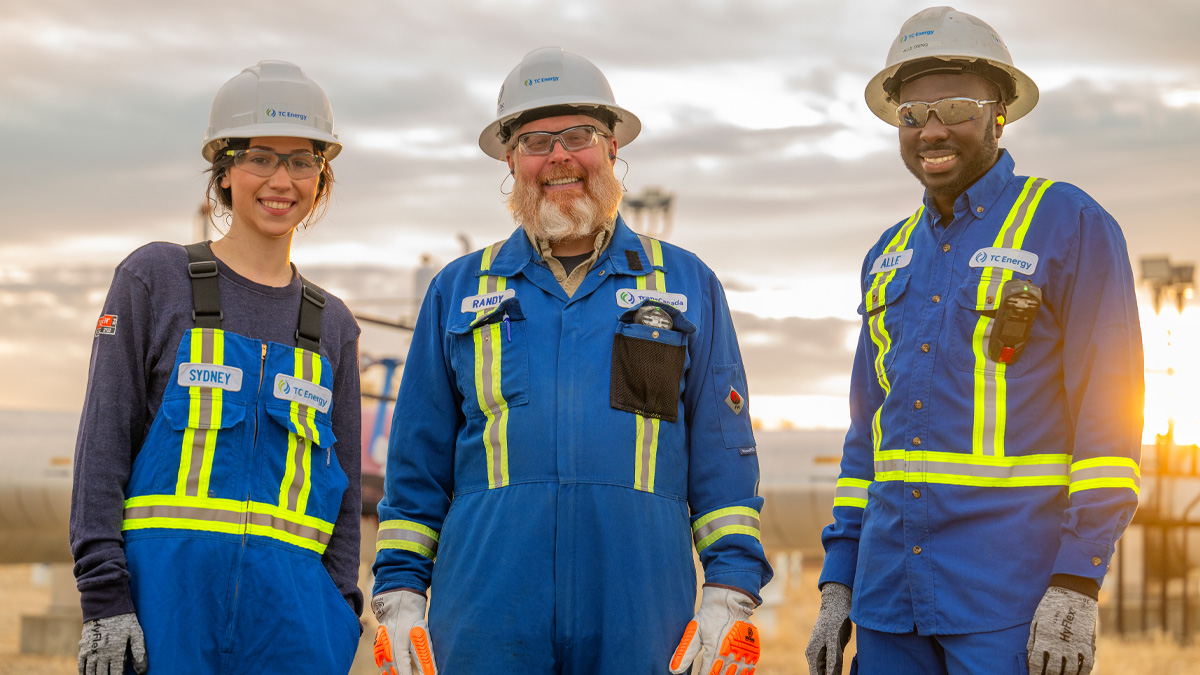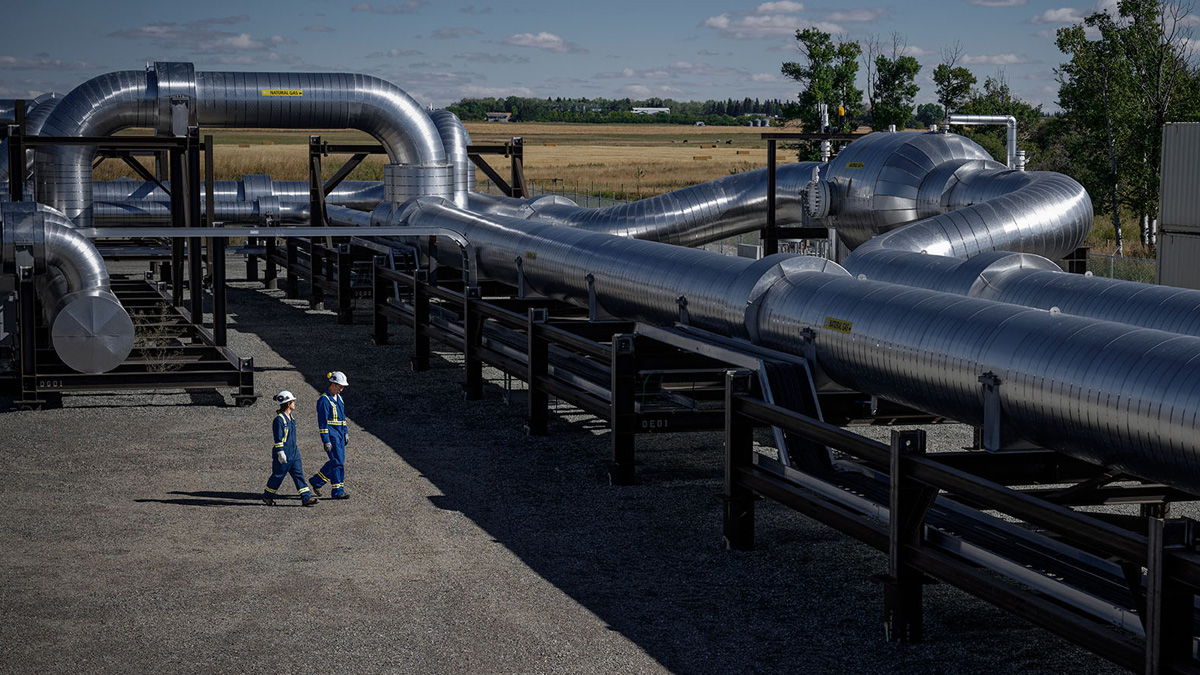Jun 19, 2025
Guided by our values.
At TC Energy we do more than deliver energy — we empower people and progress. We proudly transport the energy that warms homes, fuels industries and strengthens economies, creating a better tomorrow for communities across North America, and the world.
Safety in every step
We put safety first to protect ourselves, our teammates, the public and the environment.
Personal accountability
We act with integrity and own our commitments and outcomes.
One team
We are part of the greater whole, where our unique skills enable us to achieve more together.
Active learning
We embrace learning in all aspects of our work with curiosity and creativity.
Our stories
Our story is seven decades in the making. See how we positively impact communities, the economy, and the energy industry.
Strategy
We aim to be the premier energy infrastructure company in North America, now and in the future.





